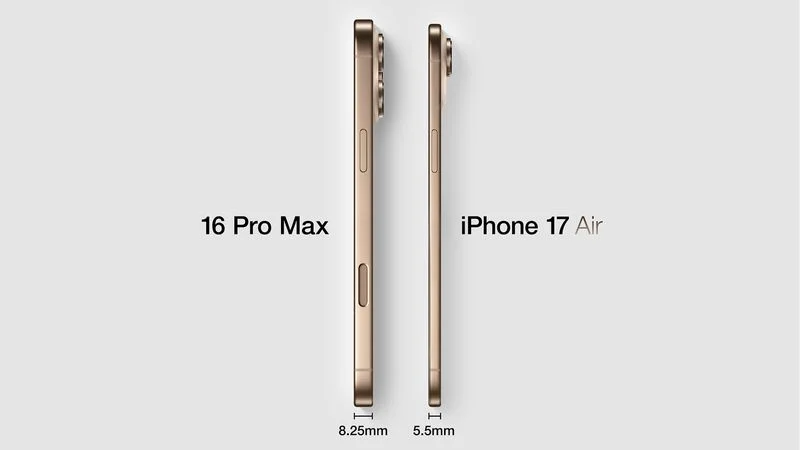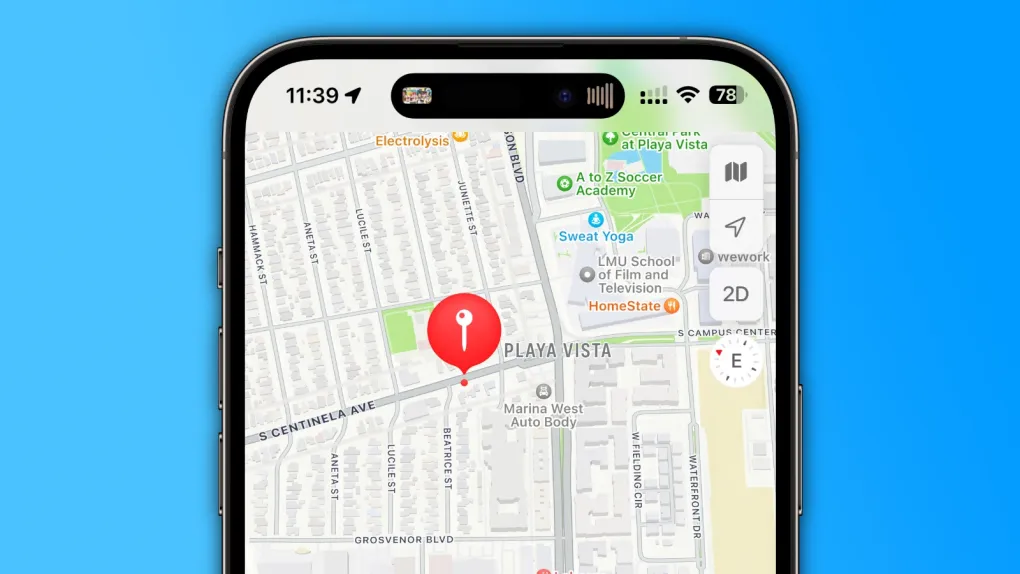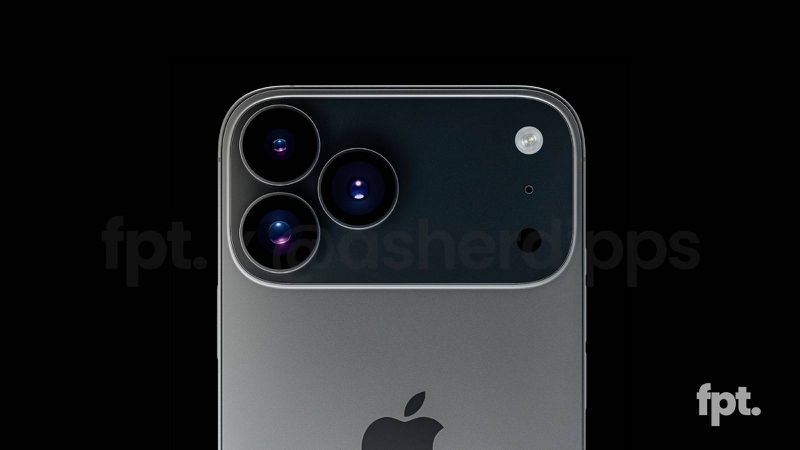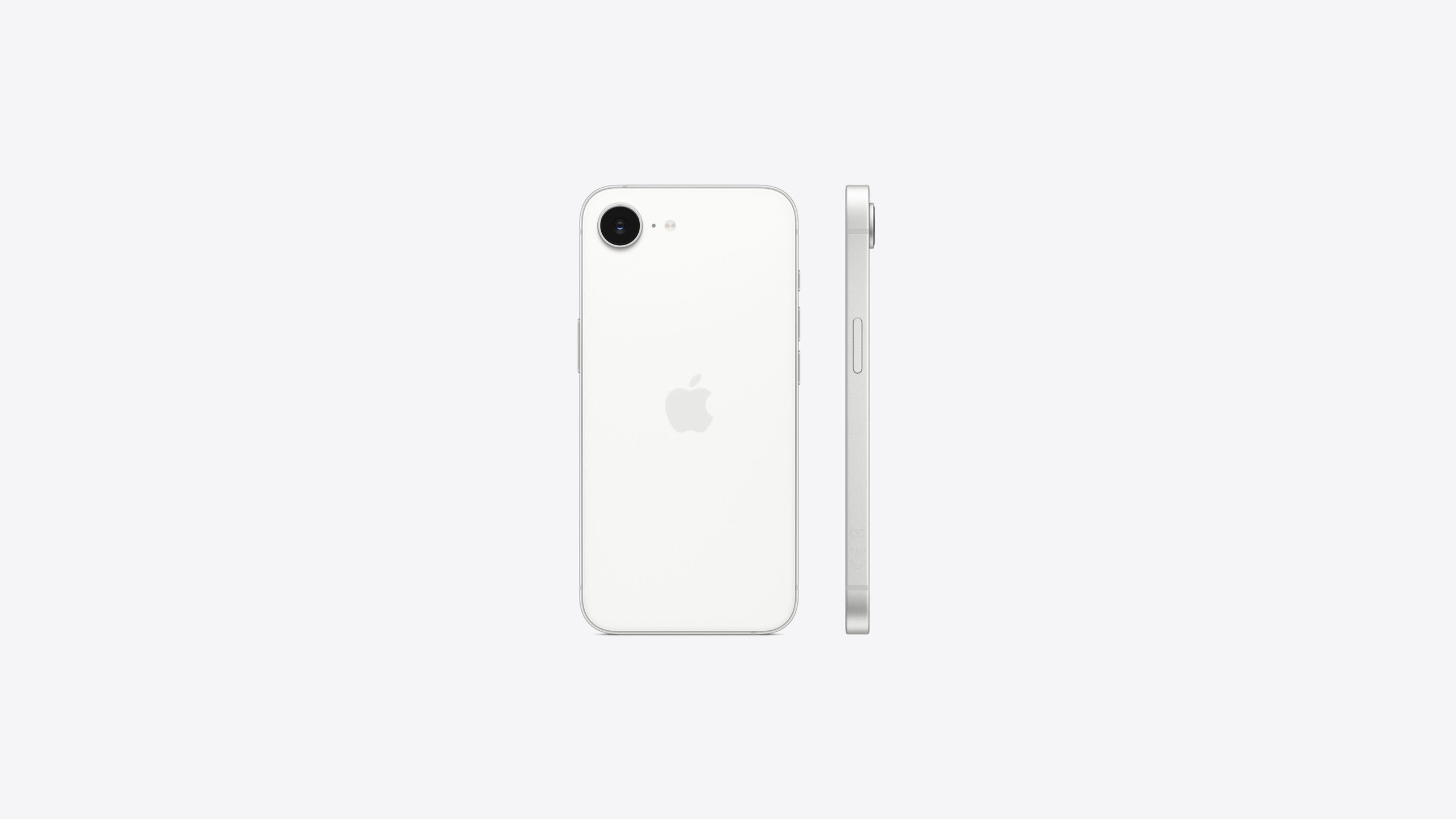Audi has added a cool feature to its new A6 Avant e-tron, an electric wagon, letting it use Apple’s digital car key for the first time in Audi’s electric lineup (reported by Mac4Ever). With Apple Car Keys, you can unlock your car using an iPhone or Apple Watch that has NFC or Ultra Wideband tech. The key lives in the Wallet app on your device. To open the car, just hold your iPhone or Apple Watch near the car’s NFC reader—simple as that.
A quick tap on the door handle starts the unlock process. For safety, you can use Face ID to confirm it’s you, but there’s also an Express Mode that skips this step for a speedy unlock. The A6 e-tron is the second car built on Audi’s Premium Platform Electric (PPE), a system Audi shares with Porsche. This hints that Porsche’s upcoming cars might also get this digital key feature soon.
Last October, MacRumors spotted some updates in Apple’s Wallet app code, showing that Apple was getting ready to roll out digital car key support for certain Volvo, Polestar, and Audi models.
Apple first launched its digital car key feature in 2022.
Since then, a handful of car brands like BMW, BYD, Hyundai, Genesis, Kia, Lotus, Mercedes-Benz, and RAM have jumped on board. If you’re curious about which cars work with this feature, Apple keeps an updated list on its CarPlay model webpage. This move by Audi makes driving a bit more high-tech and convenient, and it’s exciting to think Porsche might follow suit with its own electric models!






